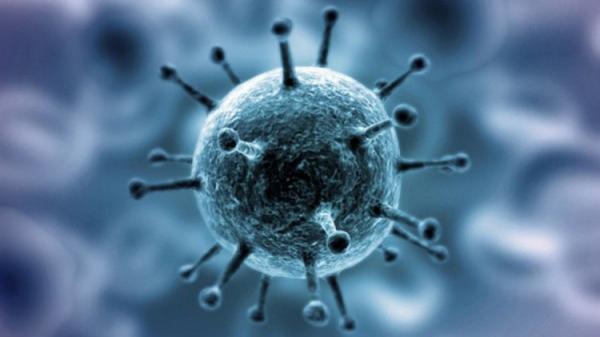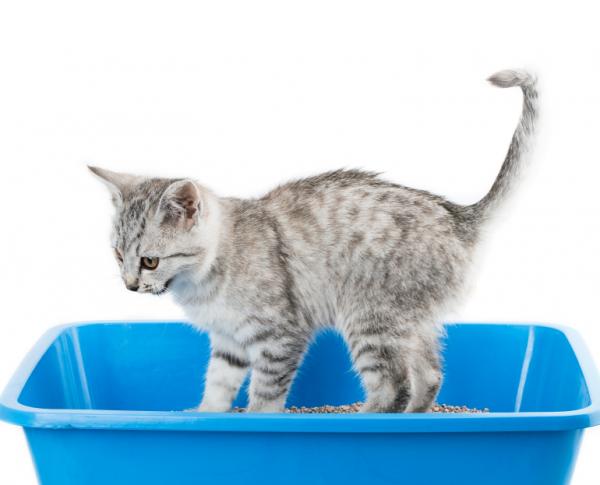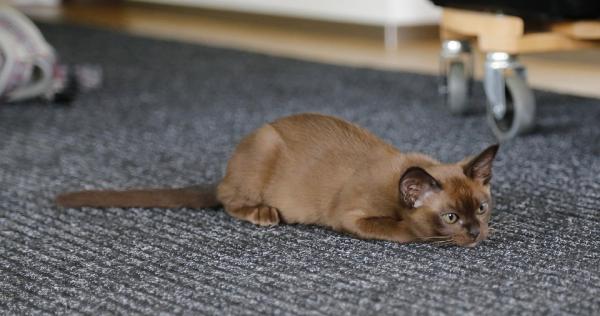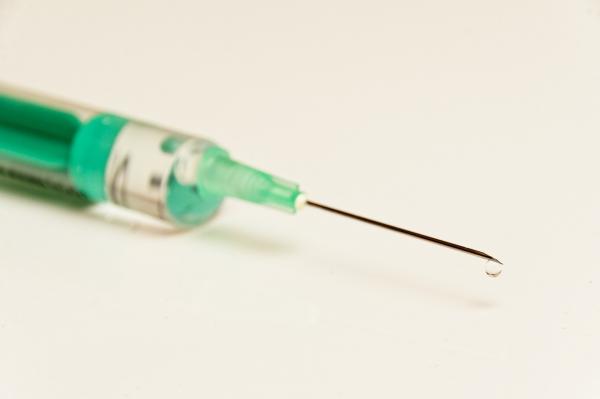Feline coronavirus – Symptoms and treatment

El feline coronavirus It is a disease that worries many owners, for that reason it is so important to be adequately informed about its transmission, the symptoms that the animal experiences and the treatment that we must apply in case of infection.
The coronavirus, receives the name by the form of small crown that it has. Its special characteristics make it a particularly dangerous virus so we must be very careful and we must be vigilant if our cat has been able to come into contact with infected animals.
Discover in all about feline coronavirus as well Symptoms and treatment ideal for cases of infection:
What is a Coronavirus?
It is a virus that presents small projections on its outside, which gives it the characteristic shape of a crown, to which it owes its name. The feline enteric coronavirus is a poorly resistant virus in the environment, so it is easily destroyed by high temperatures and disinfectants.
It has a special predilection for the cells of the intestinal epithelium of cats, giving rise to mild and chronic gastroenteritis. The virus is expelled through the faeces, the main vehicle of infection. One of the main characteristics of this virus is its ability to mutate, leading to another disease, known as feline infectious peritonitis.

What symptoms do these diseases have?
The feline enteric coronavirus produces a mild gastroenteritis and chronic type. Many cats are quite resistant to the disease, not developing symptoms, becoming carriers and eliminating viruses through feces.
Suffering and overcoming the disease generates in the cats a certain immunity that does not last too long, which means that the animal can be reinfected again, repeating the cycle again. When the cat lives alone, the animal can self-infect, through the sandbox.
In the case of living several cats together the risk of contagion increases greatly, because everyone shares the same sandbox, passing the disease to each other.
But the dangerous thing about this virus is its great ability to mutate the virus. When it infests other cats and if the state of immunity is not adequate, when the virus replicates, it produces different symptoms, giving rise to the known disease as would be the case of feline infectious peritonitis. It is a typical disease of cats younger than 1 year or old and weak cats, immunosuppressed and living in a group.

What are the symptoms of feline infectious peritonitis?
La feline infectious peritonitis is a disease caused by a mutation of the feline enteric coronavirus. It can manifest itself in two different ways, the dry and wet form.
In the first, the virus can affect multiple organs, generating a variety of symptoms. The wet form is characterized by the formation of fluids in body cavities of the animal, such as the peritoneum and the pleura (abdominal and thoracic cavity, respectively). In both forms it is observed in cats fever, inappetence and lethargy (the animal is not aware of its environment, it takes time to react to the stimuli).

What is the treatment of the disease?
Being a viral disease, it has no treatment. Usually try the treatment of symptoms and wait for the cat’s immune response.
If preventive treatments are recommended, to prevent the spread of the disease. Vaccination would be the treatment of choice, as well as offering cats several sandboxes, which reduces the chances of infection among them.
If you want to introduce a new cat in the family, it is recommended that you be vaccinated.

This article is merely informative, in .com we do not have the faculty to prescribe veterinary treatments or make any kind of diagnosis. We invite you to take your pet to the veterinarian in case of any type of condition or discomfort.
If you want to read more articles similar to Feline coronavirus – Symptoms and treatment, we recommend that you enter in our section of viral diseases.


